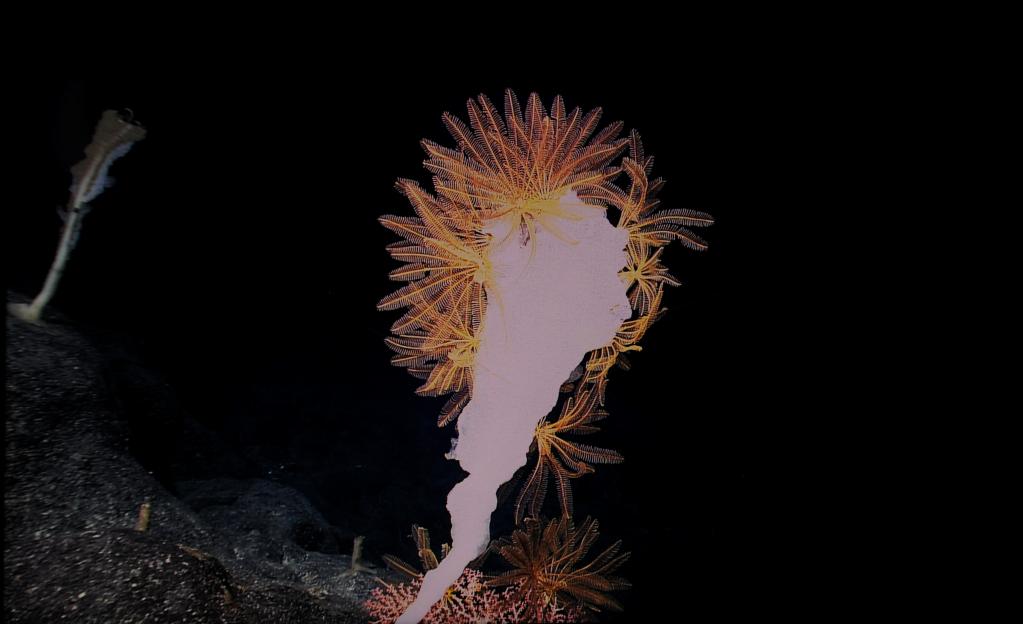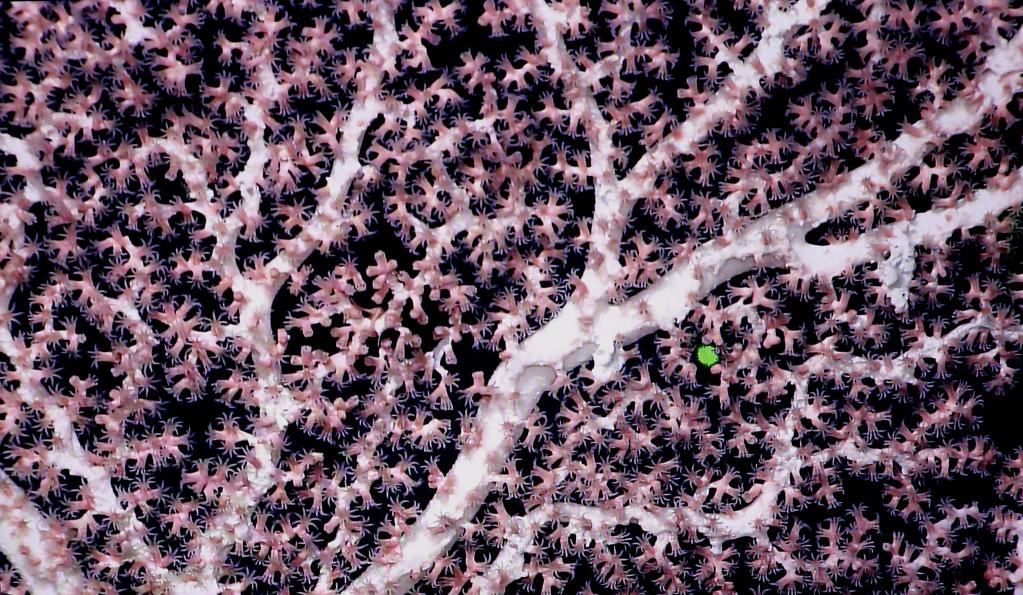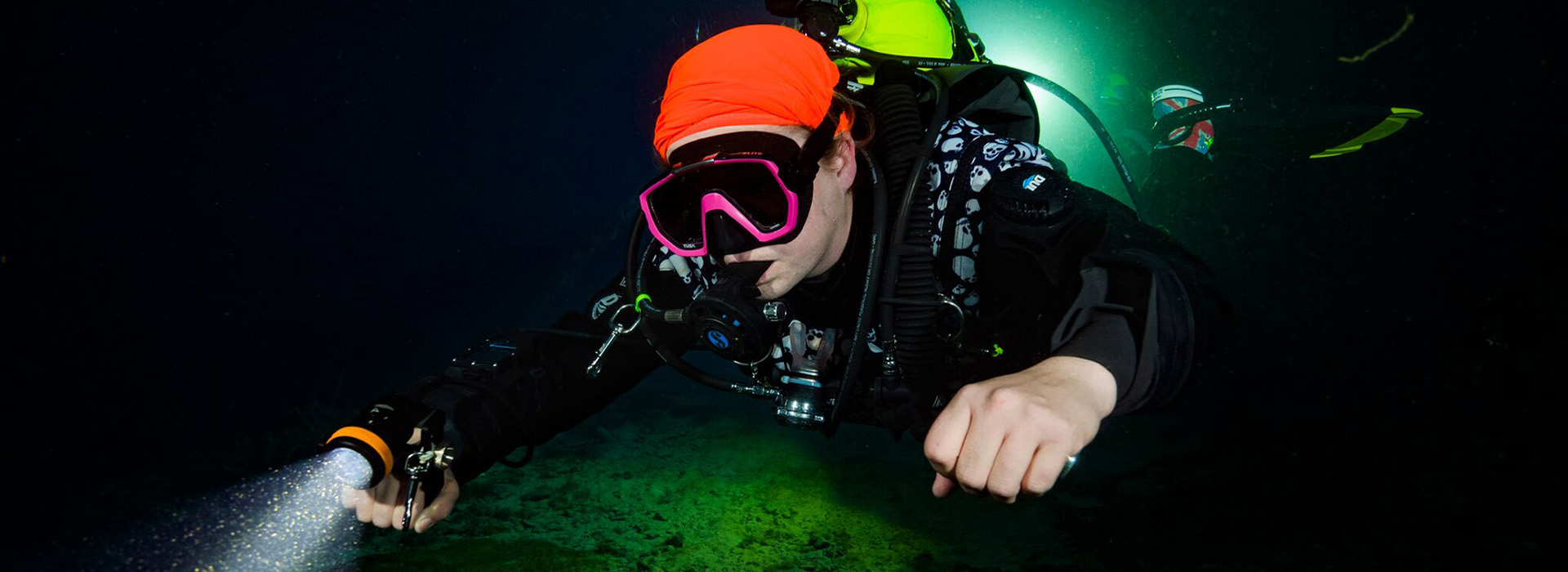Chinese Scientists Made New Discoveries on Seamounts
Media Reports
Seamount is known as the "big garden under the sea". Due to its special geographical features and hydrological conditions, it has created a unique biological community and ecosystem. It is a gathering place for colorful marine life and a hot spot for deep-sea biodiversity research.
According to scientist Xu Kuidong, using the "Science" marine science comprehensive survey ship and the "Discovery" deep-sea robot equipped with it, the survey system obtained first-hand data and samples of the environment and biodiversity of nine seamounts in the Western Pacific Ocean and obtained Seamount Ecosystem Structure Cognition.
The "Discovery" deep-sea robot is like an undersea sightseeing car. The ultra-high-definition camera, dive lights, and various sensitive probes loaded on the car can "live" what it sees and hears along the way in real-time. The "Discovery" is also equipped with a variety of equipment for collecting water samples, sediments, rocks, and biological samples. While collecting samples and data, in-situ scientific experiments can be carried out on the seabed, enabling scientists to "move the laboratory to Under the sea" dream.

This expedition established a large-scale biological sample bank of seamounts with the most abundant species and data in my country, discovered the high diversity, high specificity, and low connectivity of seamount organisms in the western Pacific Ocean, and published a new large-scale organism with the most conservation value in seamounts. Subfamilies, 4 new genera, and 56 new species; large colorful coral forests were found to grow on seamounts, revealing the cause of the high biomass of seamounts supporting the oligotrophic waters of the Western Pacific.
On the seamounts it surveyed, Discovery saw representatives of almost all animal phyla, from the most primitive multicellular sponges to the most advanced mammals. Microorganisms such as bacteria and protozoa cannot be seen by the naked eye, but they often aggregate with tiny substances floating in the ocean to form "marine snow" visible to the naked eye and become the main food source for seamount creatures.
"Cnidaria such as sea anemones, gorgonians, black corals, and pilasters, glass sponges of various shapes, etc., on the deep and dark seamounts, these animals are illuminated by LED lights, some of which are like peach blossoms in full bloom. Some are like an elegant and unrestrained reed, and some are like a big sunflower in full bloom, which looks amazing." Xu Kuidong said.

How can seamounts become beautiful and rich "big gardens" on the dark seabed thousands of meters deep?
According to Xu Kuidong, this is because seamounts can cause upwelling, and by changing the flow field above the seamounts, hydrological phenomena such as "Taylor columns" are formed, which directly or indirectly cause the accumulation of nutrients above the seamounts, improve primary productivity, and make the seamounts. Compared with the surrounding deep sea, it has higher biomass. A "Taylor column" refers to the circulation formed by stable ocean currents as they flow to a seamount, which can trap organisms in the seamount area.
However, not all seamounts have "Taylor columns". The complex photography, water mass, flow field structure, and biological differences of seamounts lead to great differences in the material circulation and energy flow processes of different seamounts.
Article Sources: https://www.cop15news.com/media/2022-08/16/c_1211676515.htm
